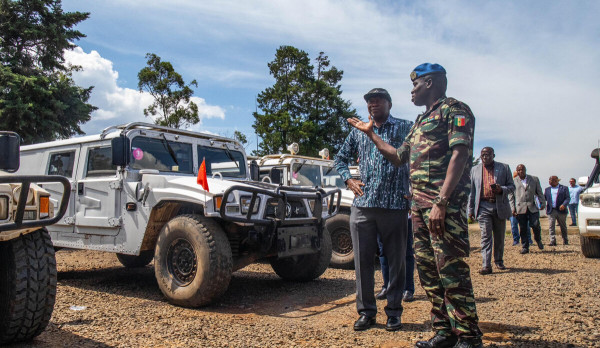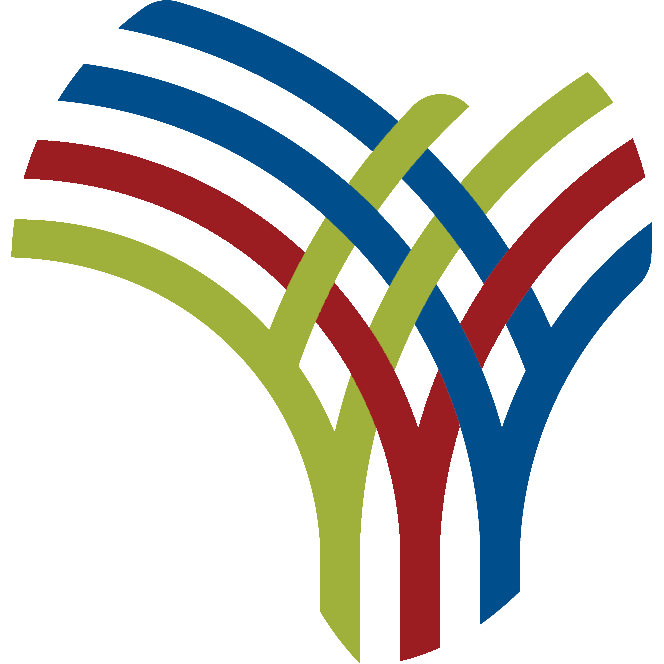In response to the World Health Organization (WHO) issuing new guidelines for the treatment of acute malnutrition, the IRC issues the following statement:
“The IRC welcomes the WHO’s updated guidelines on the management of acute malnutrition, which takes positive steps towards decentralizing and expanding treatment. The updated guidance specifically includes numerous helpful updates such as recommendations for utilizing Community Health Workers (CHWs) to bring treatment to remote communities, currently beyond the reach of established health facilities, and calls to treat all children with acute malnutrition instead of only the most severe cases.
“As the guidelines are a living document, we hope this represents the latest and not the last step towards closing the treatment gap for children suffering from acute malnutrition. UN agencies have already endorsed the use of certain simplifications under ‘exceptional circumstances,’ including fragile and conflict-affected humanitarian contexts and during health emergencies like the COVID-19 pandemic. Future updates to the guidelines should reflect this focus on the treatment gap, and build on current evidence for simplifications to the treatment protocol for acute malnutrition, including the use of simplified admission, dosage, and discharge criteria.
“Nearly a decade of the IRC’s research in operational and clinical settings has proven that expanding the use of the simplified protocol for diagnosing and treating acute malnutrition can lead to significant efficiency gains while achieving a recovery rate of more than 90%. This approach requires 39% less of the treatment product ready-to-use therapeutic food (RUTF) and costs 21% less per child treated, according to IRC research in Mali. Expediting the shift towards these simplifications will ensure that limited resources are maximized to save more lives.
“Thanks to the extraordinary leadership of USAID and the U.S. Congress, $530 million was mobilized in 2022 by the agency, other bilateral donors, and private philanthropy to scale up RUTF procurement. A coalition of INGOs applauded the unprecedented resourcing, and outlined ways to improve cost-efficiency and scale as a severe fiscal cliff looms in 2024. Accelerating the uptake of proven and innovative solutions that deliver results at scale must be a central priority as malnutrition rates and the threat of famine rises.
“Donors and implementing agencies should seize the opportunity to take the lead with affected states and local partners on scaling context-appropriate, cost-effective and simplified approaches. The IRC stands ready to partner with the WHO and other partners to close the persistent treatment gap by scaling proven and effective solutions. By pairing efficiency gains, approaches to enable scale and new sustained funding, we can ensure millions of children finally receive the lifesaving care they desperately need.”
Distributed by APO Group on behalf of International Rescue Committee (IRC) .
Source
South Africa Today Africa – West Africa Burkina Faso News








